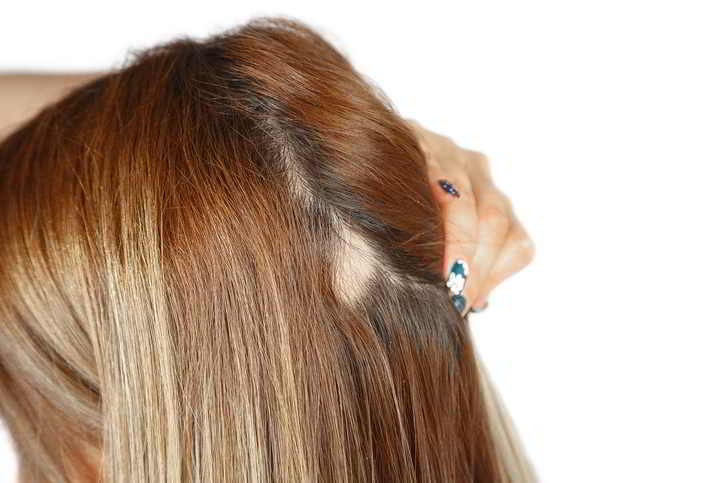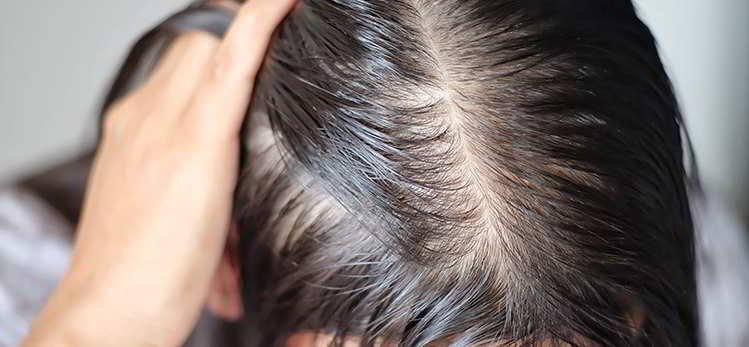Alopecia Areata
Alopecia Areata is a condition that is seen frequently by hair specialists all around the world. Depending on the severity of the condition and the stage it has reached, treatment for Alopecia Areata can be very successful.
What is Alopecia Areata?
Alopecia areata is characterised by sudden patchy loss of hair, which is due to many follicles prematurely and rapidly entering the telogen (resting) phase. The cause of Alopecia Areata is unknown but this type of Alopecia falls into the category of autoimmune disorders. Alopecia Areata is relatively common and can affect as many as one person in a thousand at some time in their life. Occasionally Alopecia areata becomes very widespread and severe and develops into Alopecia Totalis or Alopecia Universalis. Alopecia Areata is considered by some to have an autoimmune mechanism
What are the most common causes of Alopecia Areata?
We do not know what activates and promotes the onset of Alopecia Areata hair loss. There are several suggested factors that may influence the course of Alopecia Areata.
- Physical trauma
- Local skin injury
- Genetic predisposition
- Viral/bacterial infection
- Pregnancy/hormones
- Allergies
- Chemicals
- Seasonal changes
Alopecia Areata and Physical Trauma
There is a reasonable amount of case history evidence to show that physical trauma can trigger the onset of Alopecia Areata. Anything that stimulates the immune system from being hit on the head to an infection can be a potential trigger.
Only recently has there been a demonstration of a tangible link between trauma and autoimmune diseases. Cells under physical stress can produce heat shock proteins (HSPs). As the name suggests HSPs are produced when cells are given heat shock. It has recently been found that cells also produce these proteins after exposure to other forms of stress such as inflammation, fever, irradiation, viral infection, malignancy, oxidation, heavy metals etc. The HSPs play a housekeeping role in immune system responses. These proteins have been implicated in the autoimmune diseases Rheumatoid Arthritis, Lupus, and Ankylosing Spondylitis and Alopecia Areata.
Are you genetically predisposed to Alopecia Areata?
It has been shown that there is a higher incidence of Alopecia Areata occurring in genetically related individuals. This suggests that at least some people are genetically predisposed towards the development of Alopecia Areata. Several research groups have been examining the genetics of people who develop Alopecia Areata and found some genes to be much more common in people with Alopecia Areata compared to the general population.
Alopecia Areata and Pregnancy/Hormones
The apparent link between hormonal fluctuations and Alopecia Areata has been recognized for some time (Sabouraud 1896, Sabouraud 1913). Most notable are the cases of Alopecia onset during late stage pregnancy. Women who already have Alopecia Areata can find that they have complete but temporary hair regrowth around the time of childbirth (Walker 1950). Puberty and menopause have also been suggested as a time of potential Alopecia Areata onset or remission.
Examples of Alopecia Areata
Below one can see examples of patients suffering from alopecia areata in females. Extent of hair loss differs from one person to another depending on several factors as explained above.


